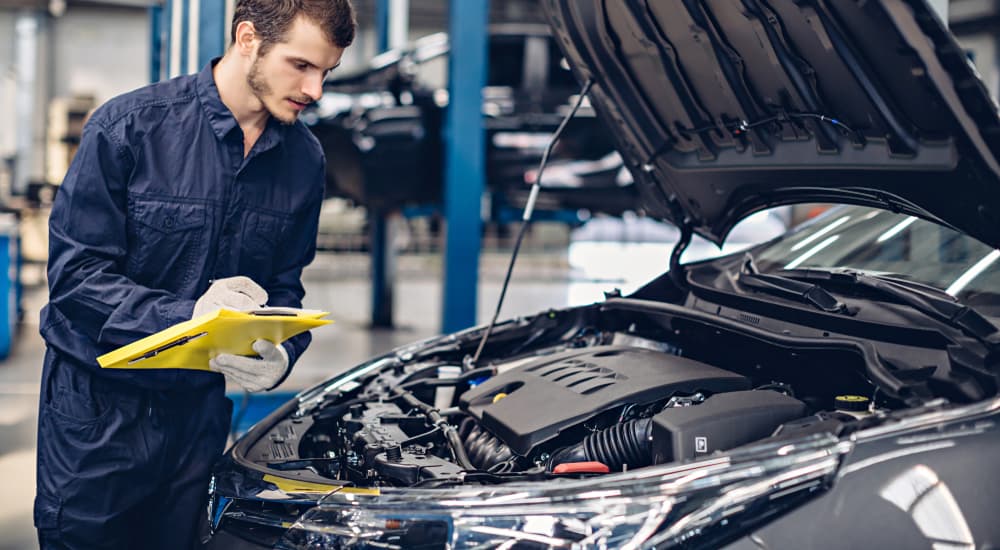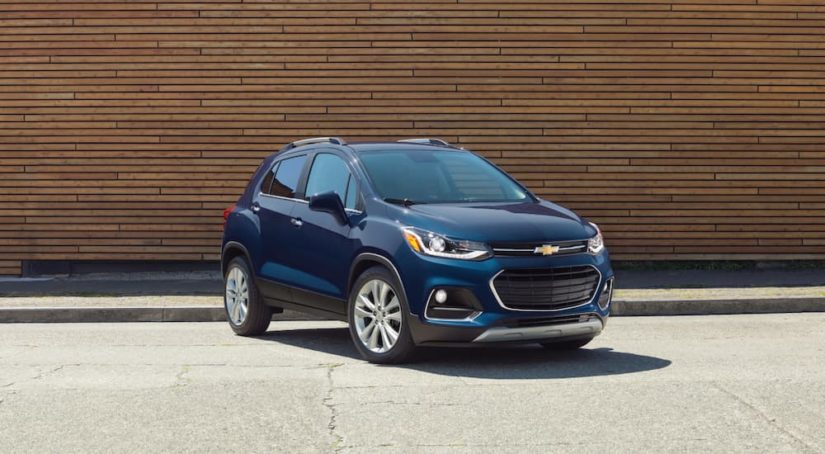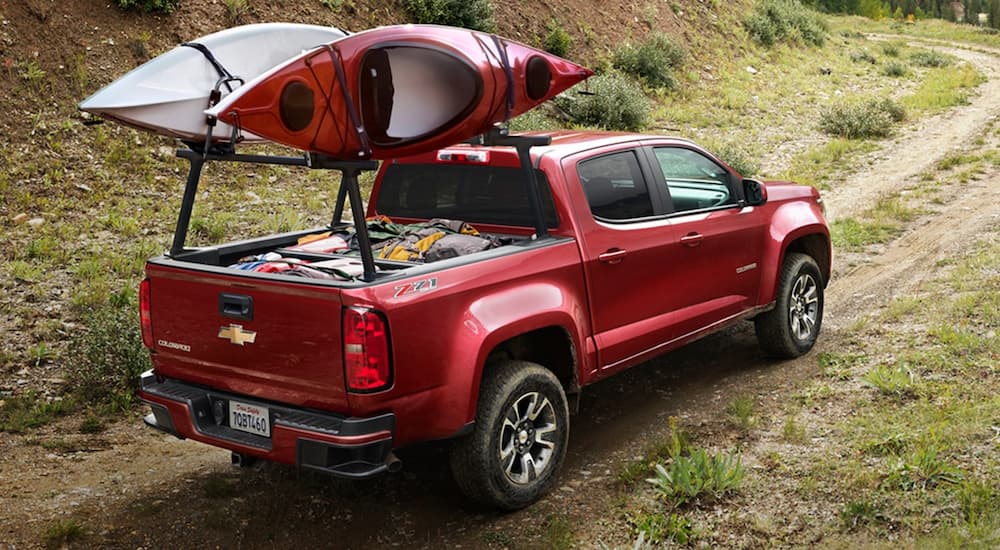Right or wrong, shopping for a car has gotten a reputation as a lengthy, dull, soul-crushing experience that is designed to get the most money from you at every turn. Movies, TV shows, and other media have been depicting the car-buying process as the equivalent of a marathon race across broken glass for decades, so it’s easy to go into the process expecting the absolute worst. In reality, however, it really doesn’t have to be that bad, and making decisions like choosing a reputable Certified Pre-Owned Chevrolet dealer can make things a lot easier.
Picking the right dealership is essential, especially if you want a Certified Pre-Owned (CPO) model, but even with a good dealer, there are still some important things you need to keep in mind. A CPO Chevy can give you fantastic peace of mind from knowing that you are getting an excellent model while still paying less than you would for a brand-new car, truck, or SUV. With a bit of foresight and some key things to keep in mind, you can make sure you get the most from your car-buying experience.
Should You Choose a CPO Chevy?
The big question when looking at a CPO Chevy model, of course, is whether or not you should get one over another used vehicle. In general, when comparing otherwise similar models, a CPO is going to be priced higher, so if you’re on a strict budget, then a CPO might not work for you. If you have the budget for it, however, then a CPO Chevy can be a great choice that gives you a lot more than other used models have to offer.
At the end of the day, it really depends on the benefits that you can get from a CPO Chevy compared to what you can afford. There are some overall advantages that Chevy, and GM in general, likes to list for their CPO vehicles, which are quite good. The important thing to keep in mind is that there are also some really important specifics to consider as you look at any given model. Going beyond the larger message that could be seen as marketing hype and looking at the specifics will help you decide if a CPO Chevy is right for you.

Benefits of a CPO Chevy
Before getting into some important specifics that you should keep in mind, let’s take a look at the CPO benefits for a Chevy model as provided by GM. For starters, in order for a vehicle to have any shot at being certified by Chevy, it must be less than six years old, and it has to have fewer than 75,000 miles on it–plus a clean title. In addition to these requirements, it has to pass a 172-point vehicle inspection, and part of this includes getting a vehicle history report from CARFAX to check out what it’s been through with its previous owner(s).
Once all is said and done, when a vehicle meets these requirements and passes the inspection, it can be offered as a CPO model. CPO Chevys have numerous benefits, including a 6-year/100,000-mile powertrain limited warranty and a 12-month/12,000-mile bumper-to-bumper limited warranty. You also get 24/7 roadside assistance and courtesy transportation for certain kinds of maintenance. Finally, if you buy a CPO Chevy, then you get a 3-day/150-mile exchange opportunity in case you get it home and quickly realize you need something else.
All of these benefits certainly sound great on paper, but let’s take a moment to dig a little bit deeper into them. In honesty, they are all very good, even in practice, but there are some things to keep in mind while looking at a vehicle. This will help you avoid getting something that doesn’t really meet your needs.
Things to Consider While Shopping for a CPO Model
First up, let’s look at the requirements for a vehicle to be offered as a CPO model. There’s not much to say about the mileage and age limits; keep in mind, however, a vehicle with 30,000 miles on it and one with 70,000 miles can both be offered as CPO Chevys, but one has certainly seen more use than the other. Another point worth noting is that the vehicle history report can come from CARFAX, AutoCheck, or “Other” based on GM’s inspection checklist. So look at where the report actually came from and read it critically to look for things that aren’t explicitly stated on it but could be red flags for larger issues.
Perhaps the biggest thing to keep in mind with a CPO vehicle is that the inspection isn’t something done in secret that’s meant to be kept from you as a potential customer. Ask to see the inspection checklist for any CPO model you’re interested in and look it over carefully to see where it was indicated that service was needed–then make sure the work was actually done. If you see something on a vehicle, like exterior damage, for example, then look on the checklist to see if it was overlooked or ignored.
Assuming you’re dealing with a reputable dealership, they should have no problem showing you the inspection checklist for any CPO vehicle they have. In fact, GM’s inspection sheet clearly has a section that’s intended to include a customer’s initials and signature to indicate that it was shown to the customer before the CPO vehicle was sold. If the dealership doesn’t want you to see the checklist, has lost it, or comes up with some other excuse, then you should probably get out of there and go somewhere that’s more transparent.
Getting the Most from Your Vehicle
Now let’s consider the two warranties that every CPO Chevy comes with. The 12-month/12,000-mile bumper-to-bumper warranty is pretty self-explanatory and starts from when you buy the CPO vehicle from a dealership. The other one is a little more complicated: the six years or 100,000 miles of coverage for the powertrain starts when the vehicle was originally sold as new. In other words, if you’re looking at a vehicle that’s five years old, then it only has one year of warranty coverage left on it, even if it has low mileage.
And the year/mile limits on these warranties are an “or” statement, not an “and” statement, so it’s whichever comes first. A model that’s only two years old but has 70,000 miles on it has four years of powertrain warranty, but just another 30,000 miles. If you put 30,000 miles on that car in your first year as its owner, then that’s it – the powertrain warranty is over. To be fair to Chevy, pretty much every manufacturer follows the same model for the powertrain warranties on their CPO vehicles, but it’s something that a lot of people don’t realize while shopping.
One of the things you can best take advantage of with a CPO Chevy is the exchange policy; just pay attention to the fine print on it. First, this is not a refund policy, and it is only honored for exchanges for another vehicle. Second, you have three days or 150 miles, whichever comes first, from when you drive away in your CPO Chevy, so watch that mileage closely. But as long as you keep these things in mind, having the option to exchange your vehicle if you realize you really need something bigger the next day can be golden. This essentially gives you a couple of days to test the vehicle in real-world conditions to see if it works for you, which is potentially far more valuable than any other benefit.




